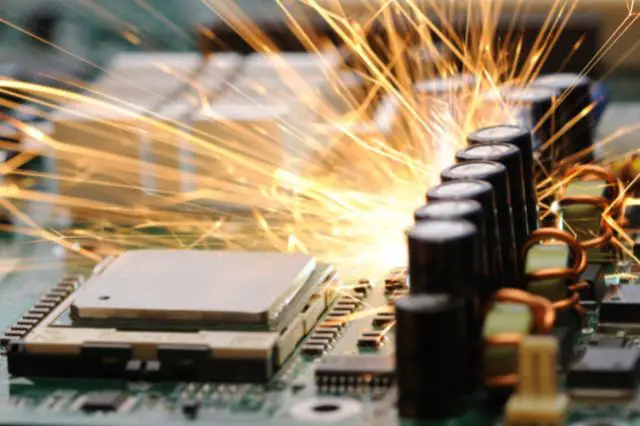Preventing Machine Failure: Best Practices and Proactive Strategies

Machine non-functioning or failure can be a major setback for any industry, leading to lost productivity, revenue, and customer satisfaction. However, machine failure can be prevented with the right best practices and proactive strategies, minimizing downtime and maximizing efficiency.
In this article, you will learn about some of the best practices and proactive strategies organizations can adopt to prevent equipment failure.
1. Regular Maintenance and Inspection
One of the best ways to prevent machine malfunctioning is through regular maintenance and inspection. By conducting routine maintenance and inspection of machines, organizations can identify and address potential issues before they escalate into major problems. This can include cleaning, lubricating, replacing worn-out parts, and checking for any signs of wear and tear.
Regular maintenance can also extend the lifespan of machines, reducing the need for costly repairs or replacements. Organizations should establish a regular maintenance schedule and ensure that it is adhered to by all staff members.
2. Training and Education
Another critical factor in preventing machine breakdown is ensuring that employees are appropriately trained and educated on operating and maintaining machines. This includes providing training on safety protocols, best practices for machine operation, and how to identify and report potential issues.
Employees should also be provided with ongoing education on the latest technologies and advancements in machine maintenance and operation.
3. Analytics and Predictive Maintenance
In addition to regular maintenance and training, organizations can use monitoring and analytics tools to identify potential failures. By monitoring key metrics such as machine temperature, vibration, and energy usage, organizations can identify changes or abnormalities that may indicate an impending machine failure.
Analytics tools can also provide insights into machine performance, allowing organizations to identify trends and patterns that may indicate areas for improvement or potential issues. This data can be used for predictive maintenance to help organizations proactively address potential machine malfunctioning.
4. Proactive Replacement and Upgrades
Another proactive strategy for preventing equipment failure is replacing or upgrading machines before they end their lifespan. This can help to prevent unexpected failures and downtime, as well as improve efficiency and productivity.
By monitoring machine performance and analyzing data, organizations can identify when machines are approaching the end of their lifespan and proactively plan for replacement or upgrades.
This can also ensure that machines are up-to-date with the latest technologies and advancements, improving their performance and reducing the risk of failure.
5. Contingency Planning
Despite the best efforts of organizations, machine breakdowns may still occur. Therefore, it is important to have contingency plans in place to minimize the impact of downtime and ensure business continuity.
Contingency planning can include having backup machines or equipment on hand and establishing protocols for addressing unexpected failures. This can include identifying key staff members responsible for managing machine failure, establishing communication channels for reporting issues, and planning repairs or replacements.
Final Thoughts
Preventing machine failure requires a combination of best practices and proactive strategies. Regular maintenance and inspection, training and education, monitoring and analytics, proactive replacement and upgrades, and contingency planning can all play a role in preventing machine failure and minimizing the impact of downtime.
Organizations can improve efficiency, productivity, and profitability by adopting these strategies and prioritizing machine maintenance and operation while ensuring customers receive the high-quality products and services they expect.





